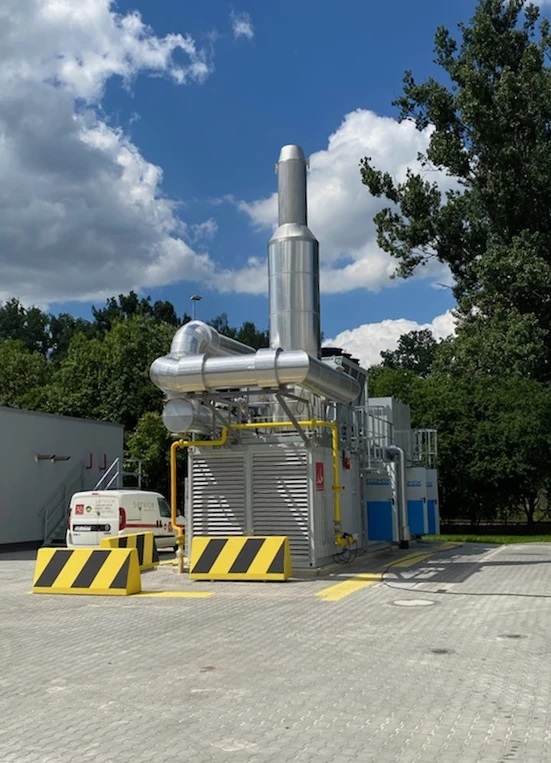Investment: Combined Heat and Power System (CHP)
Gas prices are rising - but it is still worth investing in a combined heat and power system!

The price increase is becoming increasingly noticeable. The investment bank Goldman Sachs has raised its gas price forecasts for the third quarter of this year from 104 euros/MWh to 153 euros/MWh and for the fourth quarter from 105 euros/MWh to 121 euros/MWh. This is not the end of the increases. Companies are therefore looking for savings - also in the area of electricity and heat generation.
In this context, it is worthwhile to invest in one's own energy sources such as cogeneration and thus reduce the need for energy from the grid.
In which sectors is the use of cogeneration particularly worthwhile? Why is it worth investing in them?
Both electricity and gas prices are rising. For companies, this means more difficult times to look for savings, or ways to optimise sources. The market situation requires a quick response. Supply prices for energy and gas have risen sharply. However, the ratio between gas and electricity prices is the same as before the increases. This leads entrepreneurs to still resort to cogeneration despite the price increases. Even though the payback period has lengthened somewhat as the prices for the plants have increased, it is still a cost-effective source of energy.
With cogeneration, electricity and heat or cold can be produced at the same time. This process is made possible by a system based on a gas engine. High-efficiency cogeneration with efficiencies of more than 90 % can provide the greatest benefits. This technology is used in industry, agriculture, hospitals or hotels. When selecting a cogeneration unit, it is important to take into account the environmental conditions, the company's electricity consumption, heating energy needs and their parameters, as well as cooling needs, and to meet the requirements of the support programmes for cogeneration investments.
First and foremost, the greatest advantages of high-efficiency cogeneration include energy security - covering basic electricity needs throughout the year. In addition, the plant covers part of the heat energy demand. Plants that use highly efficient cogeneration avoid energy losses due to the simultaneous generation of electricity, heat or cooling. On-site energy generation minimises transmission losses. In view of rising electricity prices, cogeneration is becoming attractive for more and more companies. It is still cost-effective to invest in it. It also helps to achieve climate goals by reducing CO2 emissions.
The possibility of having the plant financed by the ESCO model - i.e. without having to spend any capital of one's own - also makes the measure interesting for companies that are currently unable to allocate their own budget for energy-saving measures.
Dr.-Ing. Piotr Danielski - Managing Director of Willbee Energy GmbH
Is this topic of interest to you? Let us examine together which combined heat and power solution is best for your company!
Contact us: yasser.omran@willbeenergy.de or +49 391 242 797 54.